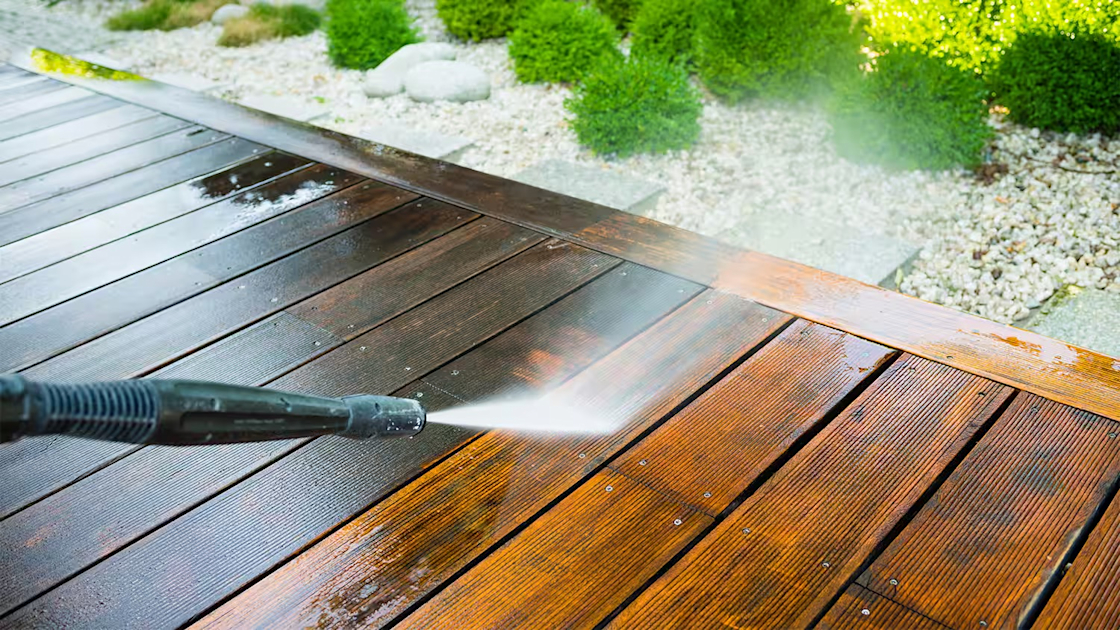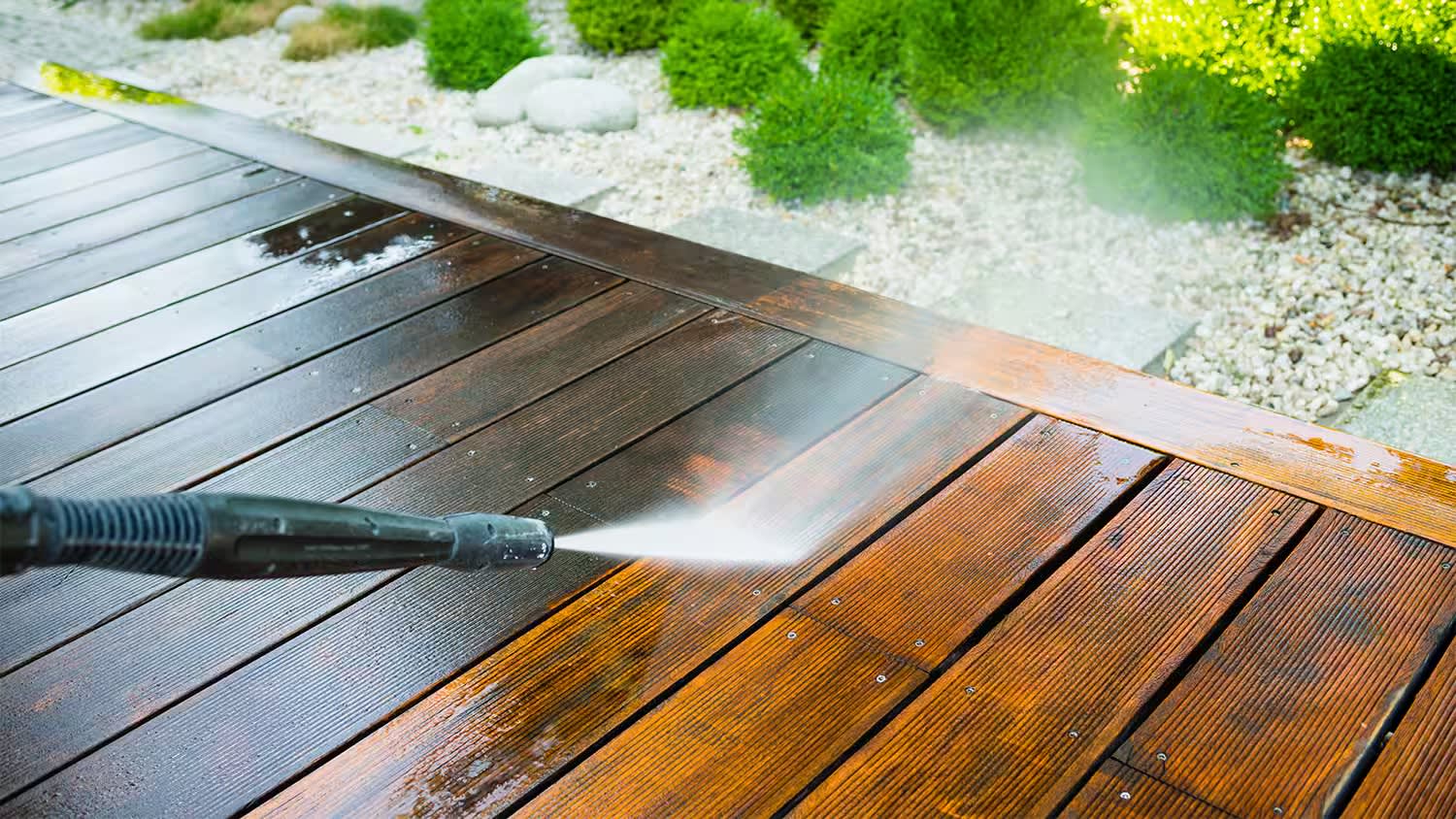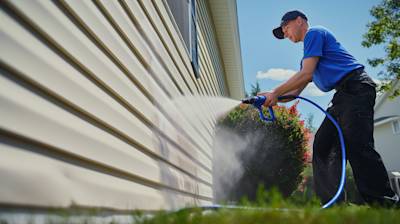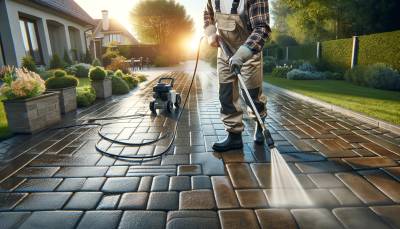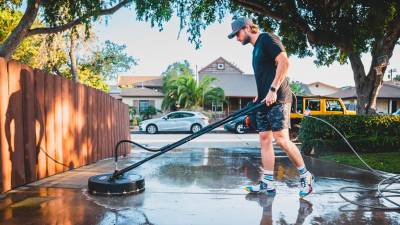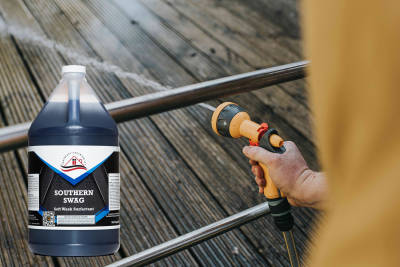When it comes to maintaining the cleanliness and aesthetic appeal of your home or commercial property, pressure washing is an essential practice that cannot be overlooked. With the right tips and techniques, you can maximize the lifespan of your exterior surfaces, keep your property looking its best, and potentially boost its market value. However, pressure washing can be a daunting task, especially if you're doing it for the first time, as you need to get the right balance between effective cleaning and avoiding damage to the surfaces. So to help you get started and achieve optimal results, here are some invaluable pressure washing tips.
Understand the Pressure Washing Principles
Before diving in, you need to understand what pressure washing is and how it works. Typically, pressure washing involves using high-pressure water spray to remove loose paint, mold, grime, dust, mud, and dirt from surfaces and objects such as buildings, vehicles, and concrete surfaces. The efficacy of the process largely depends on the machine you're using and your techniques. Here are some key principles:
- Pressure: The power of your pressure washer, which is measured in pounds per square inch (PSI).
- Water flow rate: The amount of water your machine can produce, measured in gallons per minute (GPM).
- Cleaning unit (CU): A measure of your pressure washer’s total cleaning power (PSI x GPM = CU).
Select The Right Pressure Washer
There are two main types of pressure washers: electric and gas pressure washers. Electric pressure washers are generally lighter, quieter, and ideal for smaller, simpler jobs such as cleaning cars, patio furniture, and grills. Gas pressure washers, on the other hand, are more powerful and are designed for larger, tougher tasks such as cleaning decks, sidings, and second stories of buildings. Consider the nature of the cleaning job to choose the right machine.
Become Familiar with Your Equipment
Understanding your pressure washing equipment in detail will significantly improve your efficiency and safety. Familiarize yourself with the different parts of the pressure washer, such as the pressure hose, wand, and the operational functions. Make sure you know how to adjust the pressure settings, check fluid levels, and know how to use the different nozzle tips.
Proper Pressure Washing Techniques
Incorrect power washing techniques can damage your property. Here are a few professional tips to achieve the best results:
- Always engage the safety lock when not spraying to prevent accidents.
- Spray from a distance, gradually moving closer as needed.
- Avoid spraying windows, vents, or light fixtures directly.
- Use the right nozzle for the task at hand.
- Work in sections to avoid missing spots.
Consider Eco-Friendly Pressure Washing Methods
With growing concerns about the environment, it's crucial to adopt eco-friendly pressure washing methods. These include using eco-friendly cleaning solutions and conserving water by using pressure washers with a low GPM rating. Remember, what goes down the storm drain can end up in local waterways, so always ensure you're using biodegradable, non-toxic cleaning solutions.
Regular Maintenance is Essential
Regular maintenance of your pressure washing equipment ensures its longevity and efficiency. Make sure to thoroughly clean your equipment after each use, properly store it in a dry place, and regularly inspect for any wear and tear.
When to Hire Professionals
While DIY pressure washing can save you money, certain tasks are better left to professionals. If you're cleaning a large commercial property or you've never used a pressure washer before, consider hiring professionals to avoid damaging your property or causing personal injury.
Implementing these pressure washing tips can help you effectively and safely clean various surfaces around your home or business. While it may seem daunting at first, with careful practice, pressure washing can become a manageable and rewarding task. So, grab your pressure washer and start cleaning - your home or business is counting on you!
Frequently Asked Questions: Pressure Washing Tips
What safety measures should I follow when pressure washing?
Pressure washing can be hazardous if not done correctly. It's crucial to always wear protective gear - safety glasses, sturdy footwear, long trousers and gloves. Never spray towards people or pets, and avoid directing the water stream towards power lines or electrical fixtures. Always maintain a firm grip on the washer handle due to the high pressure.
Is there a preferable time to do pressure washing?
Pressure washing can be done at any time of the year. However, it's commonly performed in the spring and summer months. This allows any areas cleaned to dry out properly, reducing potential areas for mold and mildew growth. The drier and warmer conditions will also make it easier for you to work outdoors for an extended period.
What type of detergent should I use for pressure washing?
It's always important to select a detergent designed for pressure washing. These are specially formulated to effectively clean without harming your paint or sealant. Avoid using bleach or other harsh chemicals as they can cause damage to your home and landscaping. Pick a detergent that is eco-friendly, biodegradable, and safe for use around plants and animals.
Can pressure washing damage paint or siding?
Yes, if done incorrectly, pressure washing can damage paint or siding. Excessive pressure or spraying at the wrong angle can cause the paint to peel or chip away. It can also force water up under your siding, leading to moisture problems. It's best to use a lower pressure setting and to always spray at a downward angle when working close to painted surfaces or siding.
How do I pressure wash a wooden deck?
When pressure washing a wooden deck, it's important to use a low-pressure nozzle to avoid damaging the wood. It's also essential to keep the nozzle moving constantly to prevent the stream from cutting into the wood. Always start with a soap-based cleaner for wood, allowing it to sit on the surface for a while before rinsing off with water.
How often should I be pressure washing my home?
The frequency of pressure washing your home typically depends on the climate and environment where you live. Generally, most homeowners find it beneficial to pressure wash their homes at least once or twice a year. It helps to keep exterior surfaces of your home, including your siding and deck, clean and in good condition.
Can all surfaces be safely pressure washed?
No, not all surfaces can be safely pressure washed. Soft and delicate surfaces like sandstone can be damaged by pressure washing. Vinyl siding, wooden decks, and painted surfaces can also be damaged if the pressure is too high. Always check the recommended pressure levels for your specific surface, and when in doubt, start with a lower pressure.
Pros and Cons of Pressure Washing Tips
Pros
Thorough Cleaning
One of the most significant advantages of using pressure washing tips is that they can offer thorough cleaning. Whether you're cleaning your home, vehicle, or outdoor furniture, pressure washing tips can help you remove dirt, dust, and grime build-up effectively, making the cleaning process efficient and rapid.
Variety of Pressure Levels
Pressure washing tips come in various shapes and sizes to allow different pressure levels. This means you can choose a lower pressure setting for delicate surfaces and a high-pressure setting for tough stains and hard surfaces. Having this flexibility can greatly enhance your cleaning abilities.
- Red tips usually indicate high pressure, perfect for removing tough stains from hard surfaces like concrete.
- Green tips deliver a medium pressure level, ideal for general cleaning purposes.
- White tips offer a low pressure, designed for wooden or soft surfaces that could be damaged by higher pressures.
- Black tips produce the lowest pressure, typically used for applying detergents.
Time and Energy Efficient
Using pressure washing tips can save you a lot of time and effort compared to manual cleaning. These tools essentially do the hard work for you, allowing you to complete extensive cleaning tasks within a relatively shorter time frame, with less energy expended.
Environment Friendly
Most pressure washers operate with water and without the need for chemical cleaning solutions. Therefore, using pressure washing tips can be a more eco-friendly solution, reducing your impact on the environment.
Cons
Potential Surface Damage
If used incorrectly, pressure washing tips can potentially damage your surface. High-pressure can cause physical harm to delicate surfaces like wood, glass, or thin metal. It's crucial to use the right tip and proper pressure level to prevent any damage.
Potential Injury
Because of the high pressure involved, there are risks of injury if pressure washing tips are mishandled. If directed towards individuals, pets, or unprotected parts of the body, the powerful water stream can cause serious injuries. It's vital to exercise caution while using these tools.
Requirement for Proper Technique
Pressure washing isn’t just about power, it also requires skill and expertise. Using the incorrect technique can leave streaks or patterns on your cleaned surface. Additionally, applying too much pressure or holding the nozzle too close can strip paint or damage the surface. If you're a beginner, you should invest time in learning the proper techniques before starting your pressure washing project.
Inefficiency Without Hot Water
Some stains require hot water to be removed effectively. However, not all pressure washers can provide hot water. In such cases, you may find pressure washing tips alone without hot water to be less efficient in removing certain stubborn stains.
Summary
By keeping these pressure washing tips in mind, you can make your cleaning tasks a breeze. From choosing the right nozzles to mastering the art of pressure settings, each tip plays a crucial role in achieving the best results. Most importantly, safety should never be compromised, and it's essential to always use goggles and gloves while operating a pressure washing machine.
You don't need to be a professional to carry out pressure washing tasks on your own. The pressure washing tips we've covered are easy to understand, and they ensure that your work is not only effective but also efficient. Remember that maintaining your equipment is just as important as how you use it. With proper care and handling, your pressure washer can serve you well for a long time.
For any homeowner, knowing these pressure washing tips can be extremely helpful and can save you from potential mishaps. Washing with pressure is not about how hard you can hit, but how well you can clean. So, whether you are preparing to clean your driveway, deck, or any part of your home, remember to follow these practical and useful tips for a successful and safe pressure washing experience.
About Grime Busters Pressure Washing
Meet Grime Busters Pressure Washing, your local heroes for a spotless property in Vancouver, WA! We're not just a cleaning service; we're a dedicated team committed to providing the best pressure washing services in town. With years of experience under our belt and an unyielding commitment to quality work, we strive to give our customers a house or business exterior that looks brand new. Check us out and let us get rid of all that unwanted grime. Here's where you can find us online. We promise you won't be disappointed!
Tags: pressure washing, cleaning tips, exterior maintenance,

